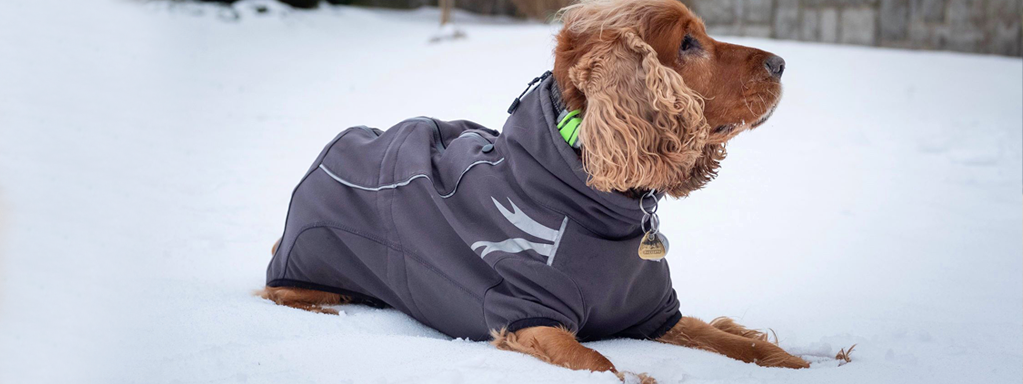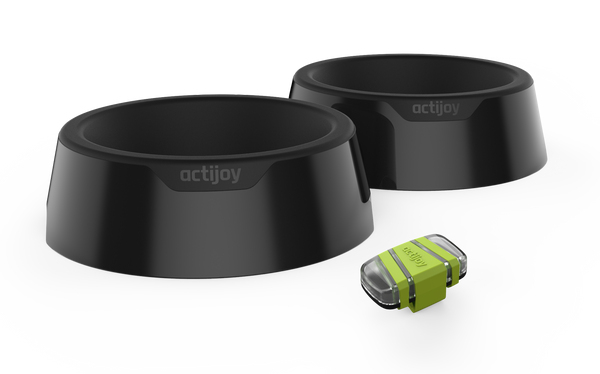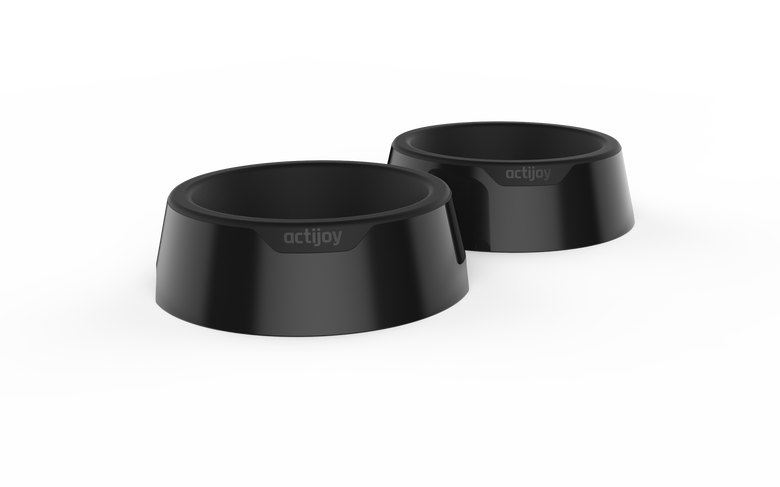Dogs Winter Shedding
If you are going crazy about your dog shedding all over your home, you are on the right place. Read to find out how to deal with shedding!

Why Do Dogs Shed?
Shedding is a natural process that a dog goes through to remove dead and unwanted hair. Old fur falls out, and new fur grows in its place. All dogs lose hair from time to time, just like humans do, but some dogs shed more than others.
Dogs that live in the wild remove dead hair by rubbing up against trees and plants. Household dogs are not always able to accomplish this, so they rely on us, their owners, to help them remove excess hair.
Dogs and winter usually mean a full hair coat that is thick and fluffy and usually less hair shedding in the house. You should notice your dog seems softer and may even look like he or she has gained a few pounds. Sometimes that may be the case, and other times it may be a few pounds of additional hair.
When Is Dog Shedding Season?
One thing to be prepared for is the arrival of spring, which can only be a month or so away. When the weather starts to even creep in and send the thermometer up for a few days, it can cause havoc to your dog and his or her senses.
Once this happens, you should to be prepared with the proper equipment so you will not have to worry about excess hair in your house. As soon as you know the temperature will be changing, start a grooming plan that you can implement daily.
How to Take Care of Your Dog’s Coat
For a long-haired dog or one that seems to have accumulated a thick coat over the winter, you will probably want a rake. These are wonderful for eliminating loose undercoat hair which is what you will have coming out of the winter months.
Every morning and evening, when you take your dog outside to potty, give him or her a quick 60-second brush with the rake before you go inside. This will start to remove any early hair loss and continue to remove hair as it begins to thin out.
When done daily, you should find that the blowing of a coat is not noticed, and you should not see the huge clumps of hair and large immediate hair loss in your dog. It will probably eliminate some scratching associated with shedding hair loss as well.
Your dog will probably come to enjoy this time as it feels really good.
How Shedding Occurs
The shedding process depends on factors such as environment, nutrition, and heredity. Temperature and sunlight are also factors. Dogs that are exposed to the same temperature all year long, such as indoor dogs, may shed all year long, whereas dogs that live outdoors tend to shed only in the spring.
When a dog gets older or becomes ill, shedding patterns may change. In аddіtіоn, some female dogs may shed more after a heat cycle, especially when they are around 3 or 4 years old. Puppies have fuzzy hair that ofter does not turn into an adult coat until they have reached 5 months old.
For dogs that are considered "non-shedding," their hair growth is much slower than other dogs. Also, when the dog does shed, only a few hairs are shed at a time.
Did you know that exists an app where you can note everything about your furry friend, and so have the complex overview at your fingertips? No? Go and check out our Actijoy App for free, and you will see how your life gets easier!




